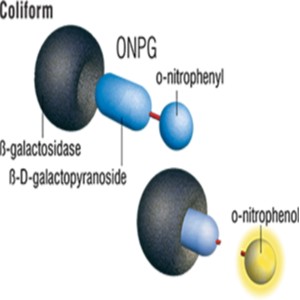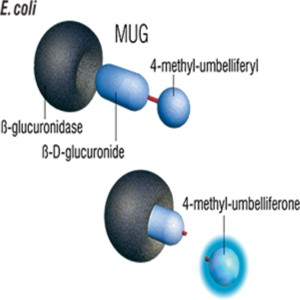Current Suspected Overdose Deaths in Delaware for 2025: Get Help Now!
Find school water testing results and additional resources
Attention Medicaid Participants: Eligibility Renewals Restarted April 1, 2023

The Water Microbiology Section of the Environmental Lab performs bacteriological analyses on water samples submitted by water system collectors, Office of Drinking Water, and private citizens for well water analysis. The Section examines for the presence of indicator organisms and pathogenic bacteria that maybe present in public and private drinking water samples. Testing methods used for presence/absence and quantitation are from Environmental Protection Agency approved methods.
The Delaware Public Health Laboratory (DPHL) utilizes the Enzyme Substrate Test method for the presence/absence of total coliforms, using proprietary Defined Substrate Technology (DST) to simultaneously detect total coliforms and E. coli. Two nutrient-indicators, ONPG and MUG, are the major sources of carbon in the media and can be metabolized by the coliform enzyme β-galactosidase and the E. coli enzyme β-glucuronidase, respectively.
As coliforms grow in the test, they use β-galactosidase to metabolize ortho-Nitrophenyl-β-galactoside (ONPG) and change it from colorless to yellow.

E. coli use β-glucuronidase to metabolize beta-Glucuronidase (MUG) and create fluorescence. Since most non-coliforms do not have these enzymes, they are unable to grow and interfere. The few non-coliforms that do have these enzymes are selectively suppressed by the test's specifically formulated matrix.

This approach is different from traditional media, which provide a nutrient-rich environment that supports the growth of both target organisms and nontargets. When nontargets grow and mimic target organisms, false positives occur. Growth of nontargets can also suppress target organisms and give report as false negative in traditional media. To suppress nontargets, traditional media often include high levels of salts, detergents, or other selective agents that may inadvertently suppress target organisms and give further false negatives.*
DPHL also utilizes Legiolert test to detect Legionella pneumophila in samples. Like the coliform method, bacterial enzyme detection technology signals the presence of Legionella pneumophila through the utilization of a substrate present in the reagent. Actively growing strains of Legionella pneumophila use the added substrate to produce a brown color indicator that signals the presence of Legionella pneumophila at 1 organism in 100 mL within 7 days. *
Public water system reports are submitted to the Office of Drinking Water. Private well sample reports are submitted to Health Systems Protection who will in turn mail the report and remediation brochure to the customer. As an EPA State Primacy Water Laboratory, the DPHL is the enforcement authority responsible for ensuring that public water systems comply with the Safe Drinking Water Act.
Division of Public Health offers free private drinking water testing kits in all 3 counties. The kits include one chemistry bottle and one bacteriological bottle, and can be picked up at DPHL, Adams State Service Center, Thomas Collins Building and the Chopin Building. Legionella test kits are now being sold at DPHL Tuesday-Thursday from 8am-4pm.
*Contact DPHL Drinking Water Section for details regarding reference method and reagents used for testing.
Drinking Water Tests at the Delaware Public Health Laboratory
Safe Drinking Water Search for the State of Delaware
Drinking Water Requirements for States and Public Water Systems | US EPA
Legionella Detection and Identification
Return to Environmental Laboratory home page.
Return to the Delaware Public Health Laboratory home page.
This page was last updated 3/24
![]() Please note: Some of the files available on this page are in Adobe PDF format which requires Adobe Acrobat Reader. A free copy of Adobe Acrobat Reader can be downloaded directly from Adobe . If you are using an assistive technology unable to read Adobe PDF, please either view the corresponding text only version (if available) or visit Adobe's Accessibility Tools page.
Please note: Some of the files available on this page are in Adobe PDF format which requires Adobe Acrobat Reader. A free copy of Adobe Acrobat Reader can be downloaded directly from Adobe . If you are using an assistive technology unable to read Adobe PDF, please either view the corresponding text only version (if available) or visit Adobe's Accessibility Tools page.